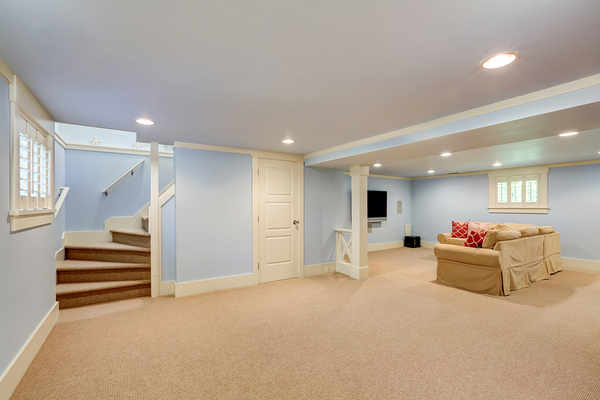Should You Test That Home for Radon Before You Buy?
 Radon is colorless and odorless: make sure that all of your living spaces are safe for you and your children.
Radon is colorless and odorless: make sure that all of your living spaces are safe for you and your children.Are you buying a home that's healthy for your family? While that may not be the first question that comes to mind when you're considering a home purchase, perhaps it should be: problems such as mold, lead paint, and radon can lead to health concerns. As you purchase that home, make sure that you know what the health hazards are in that particular area and whether you should test for radon before you buy.
What is Radon?
Radon is a gas that's produced when uranium decays. While you might think that this should not be an issue unless you're working with or living close to a business that works with radioactive materials, radon is actually present in soils and in the air. Unlike some gases, radon is colorless and odorless, so you need to test for it if you want to know whether radon is present. The gas moves through pores in the floor and gaps in the walls and the floors. It can be present no matter how old your home might be, so it's not just a concern with older properties. Radon accumulation and risk is very specific and depends on your home and the soil surrounding it, so even if neighbors have had no problems, that doesn't mean that you are safe.
Are There Health Risks Associated With Radon?
According to The Family Handyman, "elevated levels of radon over a long period of time can cause lung cancer, and there are effective ways to reduce these levels." In fact, the EPA states that "Radon is the number one cause of lung cancer among non-smokers...." Overall, radon is the second leading cause of lung cancer in the United States.
 Is that lovely basement suite full of radon?
Is that lovely basement suite full of radon?Testing For Radon
To test for radon, you can get a short-term kit at many hardware stores or find one online. You need to send this in for testing. You can also install equipment that tests for radon, just as you would install a smoke alarm. If you have ongoing concerns about radon levels, install a continuous electric monitor in your home.
Can You Reduce Radon Levels in a Home?
What if you've found the best home for your family—except for the radon levels? It is possible to mitigate this risk so that you can live in the home?
Luckily, it's quite possible to reduce the level of radon in the home; however, it requires some experimentation and renovation, which is not something that you can do prior to your purchase. Just about any home can be fixed to have acceptable levels of radon. It's not enough to just seal the cracks in your basement. Mitigation measures include actions like active soil depressurization, collecting the radon from under the building so it doesn't enter your home. According to the National Radon Program Services, this type of mitigation costs up to $1500 and lasts between 10 to 15 years.
Radon During a Real Estate Transaction
While it might seem like radon testing should be part of a home sale transaction, testing is actually not required in most states. Many states require that the seller disclose radon levels or testing results. This means that if they have never tested the property for radon, that is all they need to say. As the buyer, you would be responsible for testing for radon instead, should you want to do so.
At Open for Homes, we want you to find the best home for your family. Do you want to know how to find a home that's beautiful, comfortable and safe? Take a look at the blog at Open For Homes to learn more.

